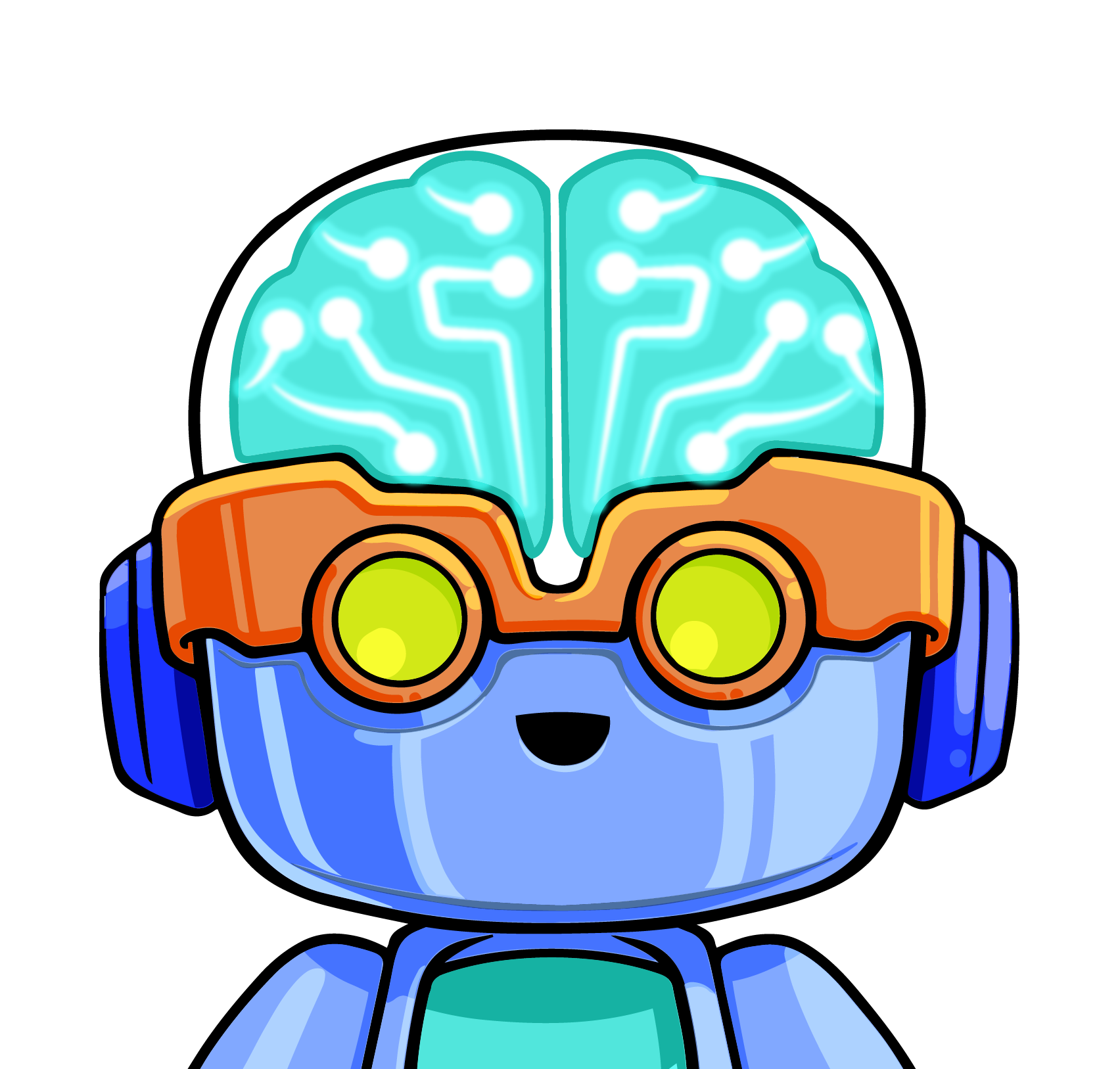I recently shared a train journey with a gentleman who demonstrated the importance of an automated monitoring tool, by missing breakfast. No, really…
I didn’t know this gent, I’d never seen him before and I may well never see him again, so I’m going to call him Gee Twenty-Five, after his seat number. We were on a long-distance service, early enough in the morning that breakfast was offered. My travelling companion joined the train at the station after mine and immediately opened his laptop and phone, to start the day’s work.
Within a couple of minutes, a nice lady walked through the carriage, asking – not quietly – for any breakfast orders. Engrossed in his phone and oblivious to his surroundings, Gee Twenty-Five didn’t place an order.
Shortly afterwards, two other staff wheeled the drinks trolley down the aisle and my fellow working traveller asked for a coffee, and whether he might be able to order breakfast. These staff told him that the catering manager would be along shortly to take orders. Maybe they should have known that she’d already been past, but they were busy trying to not drop hot drinks onto dozens of laptops at 100mph. They’d got plenty to be concentrating on.
Twenty minutes later we’d called at the next station and the pattern recurred – the catering manager passed, asking for breakfast orders, but my companion was engrossed in his work and ignored her. You’re right, I should have said something. The drinks trolley passed and Mr. Twenty-Five again asked the wrong people whether he might order breakfast. Again they mentioned that someone else would take orders shortly.
Another twenty minutes down the line, another station, and… you’re ahead of me. Not long afterwards, Gee stopped another, different, member of the on-train team and with an air of restrained annoyance (well we are British) explained that he’d “asked three times now”. Happily, this member of staff – who wasn’t juggling hot coffee – was able to pull out a pen and paper and write the order down. Gee also got this chap to go and fetch him a bottle of water, from the trolley that had already passed several times but was now two carriages away.
Shortly thereafter, a plate of smoked salmon and scrambled eggs arrived.
So what went wrong?
Very simply, my travelling companion was doing his job. I couldn’t see his laptop and wouldn’t have looked, but I imagine some combination of email, sales contracts, engineering solutions, financial dealings – whatever. Just his job. Just like you do your job. In doing so he was dedicating all of his personal processor cycles to his work, leaving none to observe crucial events going on around him.
Missing those events caused him to waste time chasing a resolution he shouldn’t have needed for a problem he shouldn’t have had, and to then blame the wrong people for an entirely avoidable issue.
Sound familiar? And that was just a couple of metrics and a delayed meal. Your company’s income – and ultimately its survival – relies on your IT systems, which generate millions of metrics. Your job isn’t to keep an eye on all of those metrics; your job is to add value to your company, or to provide a service to your customers, or to get orders out of the door in a timely fashion, or to ensure supplies arrive when and where they’re supposed to, or any of the myriad other things you do, but for which you rely on a swathe of IT systems.
Or maybe your job is to check all those metrics, in which case your job should be to do that accurately and reliably but with the least possible effort and time, so you can put your knowledge and expertise into something more valuable, more enjoyable, and much more interesting.
Either way, you need a monitoring tool. Much more than that, you need the best, automated monitoring tool available. One that will detect all of the elements in your technology stack, automatically gather relevant metrics from them, and apply best-practice and vendor-recommended alerting out of the box, giving you useful data and actionable alerts from minute one. You need it to scale automatically as your environment scales. You need it to demand a zero or near-zero footprint within your environment. You need it to “just work” with minimum interaction while remaining flexible and easily extensible should you find the need to modify it. You need it to integrate with your other tools and systems. You need it to be supported by real people, 24×7, with real expertise and a proven and consistent record of industry-leading customer satisfaction scores.
Maybe you need to give us a call.
Incidentally, that bottle of water Gee inconvenienced someone to bring? He never even opened it. Too busy working, I guess.


